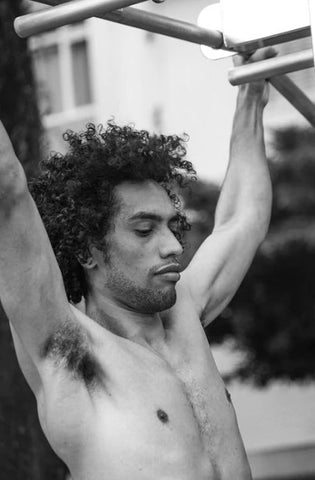Weighted Pull-Ups for Climbing
Weighted Pull-Ups: Unlocking Climbing Potential with Increased Strength and Endurance
Climbing continues to gain popularity as a thrilling sport and recreational activity worldwide. As climbers strive to conquer higher peaks and more challenging routes, the demand for additional strength, endurance, and overall performance improvement becomes paramount. In response to this need, fitness experts have rediscovered the power of weighted pull-ups, unveiling a new method to enhance climbing abilities significantly. Excitingly, the incorporation of weighted pull-ups into training regimens is revolutionizing the climbing community and providing climbers with a competitive edge.Weighted pull-ups are a simple but extremely effective exercise that targets not only the primary muscles responsible for climbing movements, such as the arms and shoulders, but also core muscles, grip strength, and overall stability. By adding extra weight to the body during pull-ups, climbers impose greater resistance on the muscles engaged in climbing, promoting muscle growth, endurance, and functional strength development.

Karen Davis, an experienced climber and fitness trainer, explains, "Weighted pull-ups simulate the demands climbers experience during ascents, enabling them to surpass plateaus and reach new heights. By incorporating weighted pull-ups into their training routines, climbers can efficiently build strength and endurance while imitating the movements and load experienced in climbing scenarios."
Understanding the Science: How Weighted Pull-Ups Benefit Climbers
1. Increased Strength: Climbing relies heavily on upper body strength, particularly targeting the arms, shoulders, and back. Traditional pull-ups are already renowned for their muscle-building capabilities in these areas. However, by adding weighted vests, weight plates, or dumbbells to the body, climbers can challenge their muscles further, leading to greater strength gains and improved ability to overcome obstacles on the wall or in outdoor environments.
2. Enhanced Endurance: Weighted pull-ups push climbers outside their comfort zones and require extended effort to complete multiple repetitions. As climbers become accustomed to the increased load during pull-ups, their muscles adapt, resulting in improved endurance and stamina during prolonged climbs. This increased capacity to handle prolonged effort can make all the difference during demanding or multi-pitch ascents.
3. Core and Stabilization Development: While pull-ups primarily target the upper body, they also engage the core muscles and promote overall stability. When climbers train with weighted pull-ups, their core muscles are further recruited to maintain proper form and balance while enduring the additional weight. This not only enhances overall climbing performance but also helps prevent injuries by improving body positioning and reducing excessive strain on certain muscles.
4. Grip Strength Improvement: A firm and reliable grip is critical for successful climbing. Weighted pull-ups engage the muscles of the hands, fingers, and forearms, delivering a significant boost to grip strength. As climbers incorporate additional weight during their pull-ups, their grip strength increases, allowing them to maintain better control, hold onto smaller holds, and prevent muscle fatigue or sudden slips when climbing at high altitudes.
Best Practices: Incorporating Weighted Pull-Ups into Climbing Training
To optimize the benefits of weighted pull-ups for climbing, it is crucial to consider a few best practices:
1. Gradual Progression: Begin with a weight that challenges but does not overwhelm you. Slowly add weight to your body over time, ensuring your muscles have enough time to adapt and grow stronger.
2. Varied Grip Positions: Climbing involves different grip positions, such as open-hand crimps, slopers, and pinches. Incorporate different grip techniques during your weighted pull-up training to develop strength across all these variations.
3. Controlled Movement: Be mindful of your form while performing weighted pull-ups. Maintain a slow and controlled movement throughout the exercise, emphasizing muscle engagement and minimizing the risk of injury.
4. Complementary Training: Weighted pull-ups should not be the sole focus of your climbing training regime. To ensure overall fitness and injury prevention, incorporate other exercises, such as fingerboard, core workouts, and cardio training, into your routine.
In conclusion, weighted pull-ups have emerged as a game-changer for climbers seeking to boost their strength, endurance, and climbing performance. By integrating this relatively simple exercise into their training routines, climbers can simulate the demands of climbing scenarios, amplify their strength and endurance gains, and climb with greater confidence. As climbers continue to push their limits and explore new heights, weighted pull-ups remain an essential tool for unlocking their true potential on both indoor walls and natural rock surfaces.










